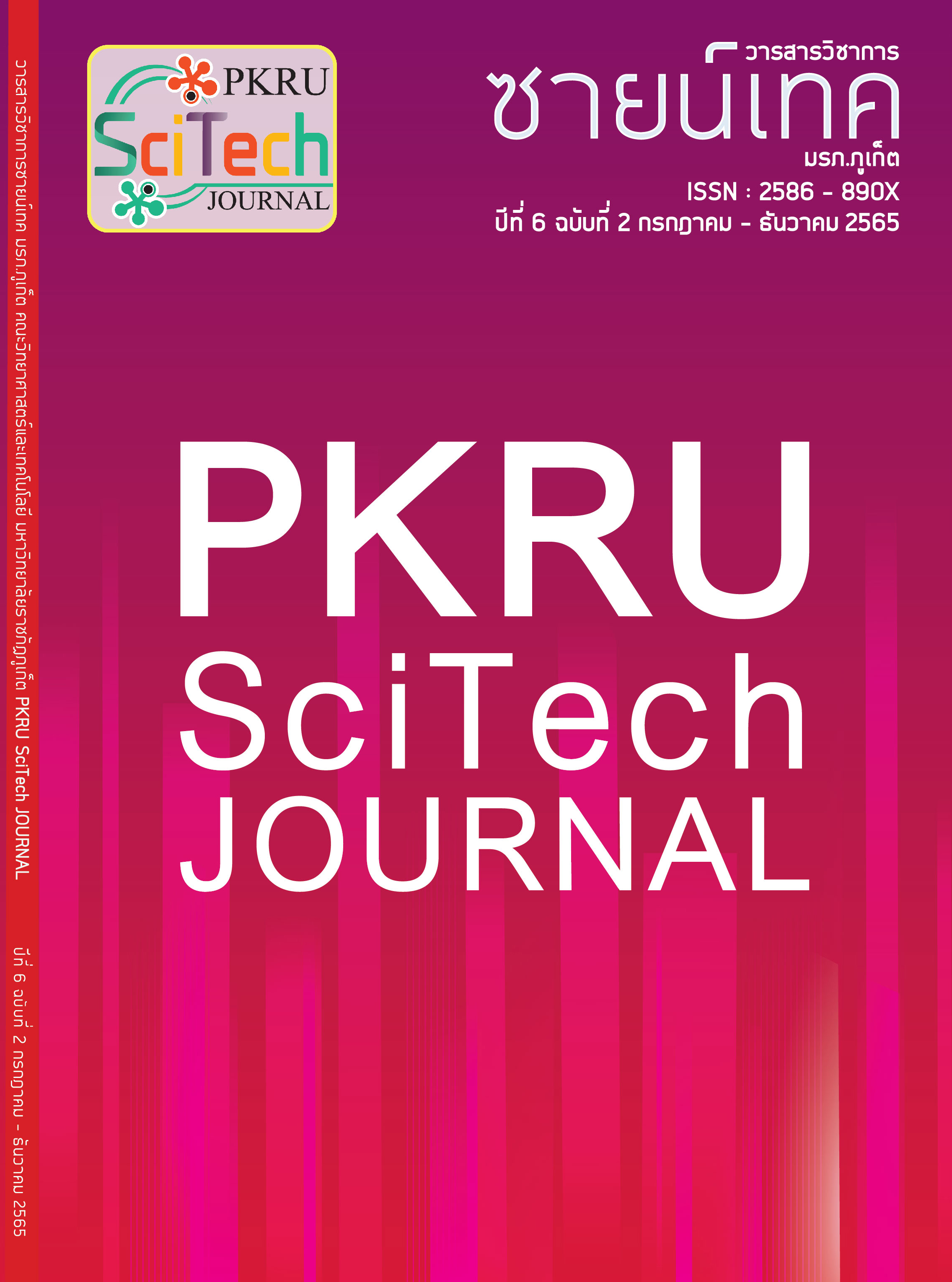A Study of the Opinions on Buying Health Insurance using Ridit Analysis
Main Article Content
Abstract
This research aimed to study and compare the market mix strategy: product price place and promotion which related to the opinions on buying health insurance using Ridit and mean analyses. Because the opinions on purchasing health insurance are expressed on a Likert scale, which is an ordinal scale, Ridit analysis is appropriate for analyzing these data. The Ridit analysis is used in this study to rank and compare opinions on the market mix strategy about buying health insurance. The results indicated that the opinion on the appropriate and fair price of insurance premiums had the highest impact on the purchase of health insurance. The second most impact in purchasing was about the opinions related to product, which are reliable of the company, clear and understandable form of health insurance, and the insurance policy that matches the demands. By applying the Ridit analysis to the study of opinions on buying health insurance in this study, it was possible to summarize and prioritize opinions about health insurance purchases as a guide for future creating marketing strategies.
Article Details

This work is licensed under a Creative Commons Attribution-NonCommercial-NoDerivatives 4.0 International License.
- The original content that appears in this journal is the responsibility of the author excluding any typographical errors.
- The copyright of manuscripts that published in PKRU SciTech Journal is owned by PKRU SciTech Journal.
References
Chambers E. and Smith E.A. (1991). The uses of qualitative research in product research and development. In: Lawless H.T. and Klein B.P.(eds), Sensory Science Theory and Application in Foods. London: Blackie Academic and Professional. Pp.395-412.
Lasless H.T. and Heymam H. (1998). Sensory Evaluation of Food. Principles and Practices. New York: Chapman and Hall.
Carifio J., and Perla, R. (2008). Resolving the 50-year debate around using and misusing Likert scales. Medical Education, 42(12), 1150-1152.
Agresti A. (2010). Analysis of Ordinal Categorical Data. 2nd edn. New York: Wiley.
Carifio, J. and Perla, R.J. (2007). Ten common misunderstandings, misconceptions, persisten myths and urban legends about Likert scales and Likert response formats and their antidotes. Journal of Social Sciences, 3(3), 106-116.
Kuzon, W.M.Jr., Urbanchek, M.G., and McCabe, S. (1996). The seven deadly sins of statistical analysis. Annals of Plastic Surgery, 37(3), 265-272.
Bross. I.D. (1958). How to Use Ridit Analysis. Biometrics, 14(1): 18-38.
Dogan I. and Dogan N. (2007). A review on the Ridit analysis. TURKSTAT, Journal of Statistical Research, 5(2): 69-77.
Schnell D.J., Magee E. and Sheridan J.R. (1995). A regression method for analyzing ordinal data from intervention trials. Statistics in Medicine, 14: 1177-1189.
ธันยาภัทร์ สร้อยสนธิ์, นิธิประภา อินเต็ง และนายิกา กุลคำวัฒนะ. (2564). การวิเคราะห์รูปแบบ ผลิตภัณฑ์และช่องทางการจำหน่ายประกันสุขภาพในอนาคต. ปริญญานิพนธ์ หลักสูตรวิทยาการประกันภัย สาขาวิชาคณิตศาสตร์และสถิติ คณะวิทยาศาสตร์และเทคโนโลย มหาวิทยาลัยธรรมศาสตร์ ศูนย์รังสิต.
Harpe, E.S. (2015). How to analyze Likert and other rating scale data. Currents in Pharmacy Teaching and Learning, 7: 836 – 850.
Gray, V.J., Helper, S. and Osborn B., (2020). Value first, cost later: Total value contribution as a new approach to sourcing decisions. Journal of Operations Management, 66: 735 – 750.


